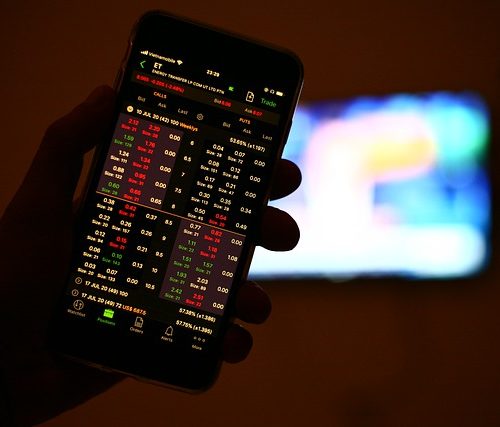To be successful in short-term stock trading, a trader must understand how the market works and what moves stocks. By using technical analysis and price charts, traders can identify patterns that indicate when a stock is likely to rise or fall.
Additionally, prudent money management techniques can help protect profits while limiting losses. With a bit of practice and those essential skills, any trader can succeed in short-term stock trading.
Long-term vs short term
Mastering short-term stock trading can be difficult, but it can be gratifying. Many investors focus on long-term investments, and while there is undoubtedly a place for that strategy, there are also many benefits to short-term trading.
One of such benefits is that it can be much easier to predict short-term swings in the market than long-term movements, which means there is the potential for greater profits in shorter time frames.
Additionally, short-term trading can help to diversify investments and reduce overall risk. By spreading out investments across different timeframes, investors can minimise the impact of any one market movement.
There are vital points to keep in mind for those looking to get started in short-term stock trading:
Supply and demand
Firstly, brokers need to understand that stock prices are driven by supply and demand. When there are more buyers than sellers, the price will go up. When there are fewer buyers than sellers, the price will go down. It’s that simple.
However, predicting these changes in supply and demand is not always easy. This is where technical analysis comes in.
Technical analysis
Technical analysis examines past market data to identify trends and patterns brokers can use to predict future market behavior. By studying price charts and other indicators, technical analysts can understand whether the market is due for a reversal or continuation of its current trend.
Money management
Another vital aspect of short-term trading is money management which refers to the strategies and techniques used to control risk and protect profits.
One common money management technique is to set stop-loss orders. A stop-loss order is to sell a security when it reaches a specific price. It is used to limit losses if the market turns against the trader.
Another common money management technique is to take profit orders. A take-profit order is an order to sell a security when it reaches a specific price. It is used to lock in profits if the market turns against the trader.
When it comes to money management, there is no one-size-fits-all solution. Each trader must find the techniques that work best for them and their trading style. Some traders prefer to take more risks, while others are more conservative. The key is to find a balance that allows the trader to stay in the game long enough to be there when the big profits come.
Technical indicators
Brokers can use technical indicators for short-term trading, but some of the most popular incorporate momentum indicators, moving averages, and support and resistance levels. Brokers can use each of these indicators to generate buy or sell signals.
For example, a trader might use a moving average to identify the market’s overall trend and then look for a momentum indicator to time entries and exits.
In conclusion
One final tip for those looking to master short-term stock trading: always remember to practice risk management. No matter how great your trading strategy may be, there’s always the potential for losses. By ensuring that you only invest an amount of money that you’re comfortable losing, you’ll be able to lower your risk and maximise your chances for success.
Once you’ve decided on a particular strategy, it’s time to start putting it into practice. Opening up a demo account with a reputable online broker is the best way to do this. A demo account will permit you to trade using virtual money without risking your hard-earned cash.
It is a great way to get started, as it will give you a chance to test out your strategy without any risk. Once you’re more confident and comfortable with how it works, you can start live trading with real money.




